Blue porcelain vase (small) Suwa Sozan
Blue porcelain vase (small) Suwa Sozan
Couldn't load pickup availability
Width: 10.0cm Height: 20.0cm
Ⅰ. Work overview
This "Celadon Turnip Vase (Small)" is modeled on the Kinuta Celadon of the Longquan Kiln during the Southern Song Dynasty, and was made by the fourth Suwa Sozan, who inherited the glaze color of "Sozan Celadon" that the first Suwa Sozan perfected over a period of 25 years. As you can see in the photo, the body is plump and rounded, and the elegant lines that narrow from the shoulders to the neck capture the rich and nutritious appearance of a turnip. The small size with a low height makes it easy to handle on a shelf or in a narrow alcove, and adds a quiet and moist atmosphere to a tea ceremony.
II. Shape and form
Turnip-shaped body
The body is almost a perfect sphere, tapered slightly at the bottom and connected to the base. When filled with water, the center of gravity naturally lowers, making it a practical design that increases stability.
Flexible neck
The neck that rises from the shoulders makes a gentle curve at the base before extending straight from there. This creates a contrast between the volume of the torso and the sharpness of the neck, creating a sense of dignified tension throughout the whole figure.
Dish-shaped opening
The rim is slightly curved outwards to form a shallow dish, so the flowers placed in it naturally move towards the centre, and the pool of glaze on the rim reflects the light, giving it a deep jade colour, creating a visual focal point.
III. Glaze Tone - The Depth of Sozan Celadon
Jade-colored transparency The trace amounts of iron (about 1%) contained in both the clay and glaze are converted during reduction firing, resulting in a soft blue-green color. As you can see in the photo, the glass on the glaze surface is evenly melted, giving it a clarity that gives a sense of depth while still slightly reflecting the light from within.
The beauty of color accumulation <br data-end="812" data-start="809">The glaze is applied somewhat thicker around the curve of the shoulders and inside the rim, creating a faint shadow gradation. This is reminiscent of the "shadow blue" seen in Song celadon, and the depth of the color changes every time the vessel is turned.
Ⅳ. Functional beauty and tea ceremony combinations
| season | Recommended flower materials | Synergistic effect with the vessel |
|---|---|---|
| spring | Mountain ash and quince | The rounded turnip shape encapsulates the freshness of newly sprouted fruit. |
| summer | Kohone (river bone) and bell ginseng | The cool feeling of celadon helps to ease the heat of midsummer |
| autumn | Purple jasmine and bush clover | The volume of the body brings out the thin stems of the autumn grasses and makes use of the white space. |
| winter | Shirakusuke/Yukiyanagi | The dish-shaped rim is reminiscent of a snowy landscape, emphasizing the tranquil atmosphere. |
Scenery reflected in the water <br data-end="1197" data-start="1194">Because of the thick glaze, the walls of the vessel are slightly transparent, and the surface of the water softly reflects the jade green color. The stems of the flowers sway in the water, creating a mysterious scene in which the vessel and the flowers become one.
Interacting with Light <br data-end="1282" data-start="1279">When illuminated by the warm light of a lantern or candle, the glaze surface takes on a pale golden-green hue, and during an evening tea ceremony it gives off a faint glow.
V. Historical Background and Significance of Design
The origins of Kabukata
The turnip shape (a round body similar to a gourd shape) was a favorite shape of Song Dynasty literati, and was used for winter tea ceremonies, symbolizing the vitality hidden in the cold. It is said that in the Longquan kilns, combined with the transparency of the celadon, it exudes an elegance reminiscent of a "turnip in the snow."
Restoration and inheritance of Kinuta Celadon
The first Suwa Sozan completed Sozan Celadon in 1907 and was recognized as an Imperial Household Artist. The fourth Suwa Sozan faithfully adhered to the recipe, but controlled the temperature in the kiln to within ±3°C, reproducing a clear blue even in small pieces.
Adaptation to modern tea ceremonies
The small dimensions make it suitable for small seats or shelf decorations in urban areas, and the weight is kept low enough that it is easy to carry and handle when preparing the tea ceremony.
Ⅵ. Artist profile and creative approach
Suwa Sozan IV (born in Kyoto in 1970) was artistically trained by Suwa Sozan III and lacquer artist Nakamura Sotetsu XII, and took over the name in 2002. With celadon as his base, he has developed a variety of expressions such as nerikomi technique, hotaru-de, and tobi-seiji, while upholding the philosophy that "a vessel contains a story, and is completed by overlapping with the story of the user." In this work, he entrusts "the story of a turnip hiding in the winter soil waiting for spring" and expresses a quiet vitality.
VII. Conclusion
The "Celadon Turnip Vase (Small)" is a masterpiece that brings a gentle moisture to tea ceremonies and interior ceremonies, with a harmony between the tranquility of the jade color and the soft volume of the turnip shape. While faithfully reproducing the elegance of Southern Song Longquan Kiln Kinuta Celadon, the fourth generation Suwa Sozan 's precise sense of form and glaze control give it a lightness that fits in with modern spaces. The moment flowers are placed in the vase, the depth of the celadon will embrace the shadows of the flowers, bringing a quiet warmth and the budding of hope to the viewer's heart.
Share


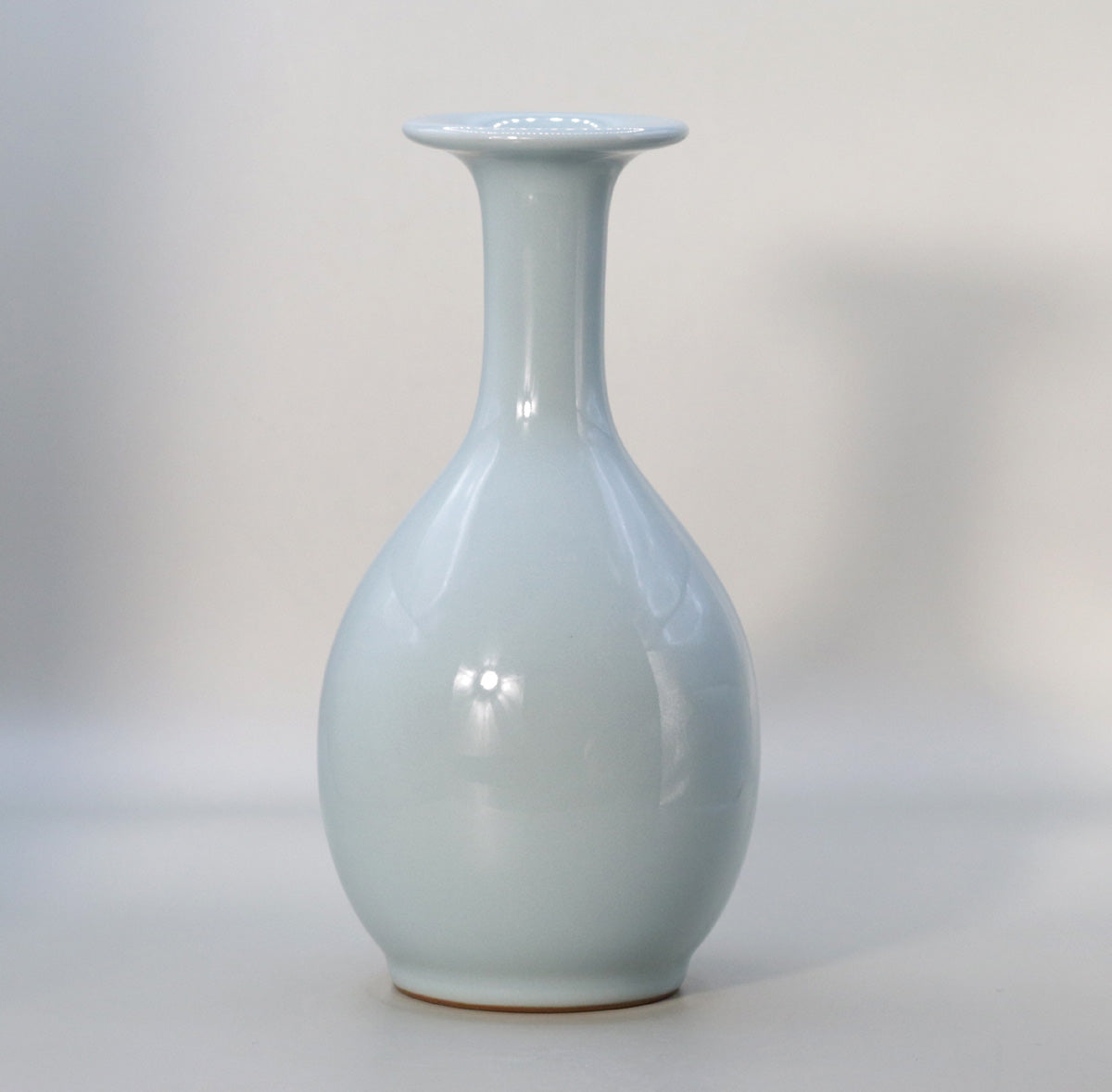
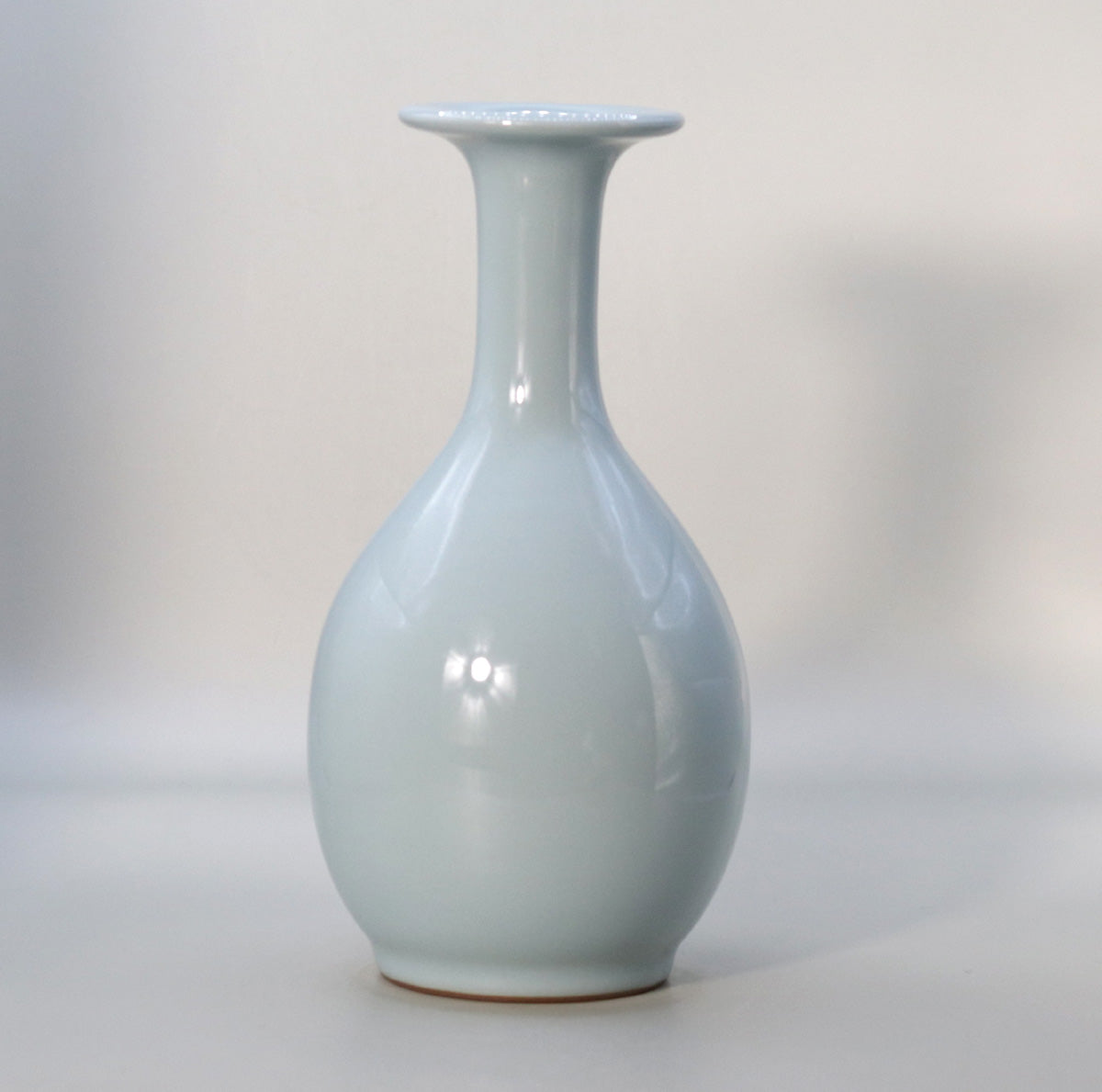
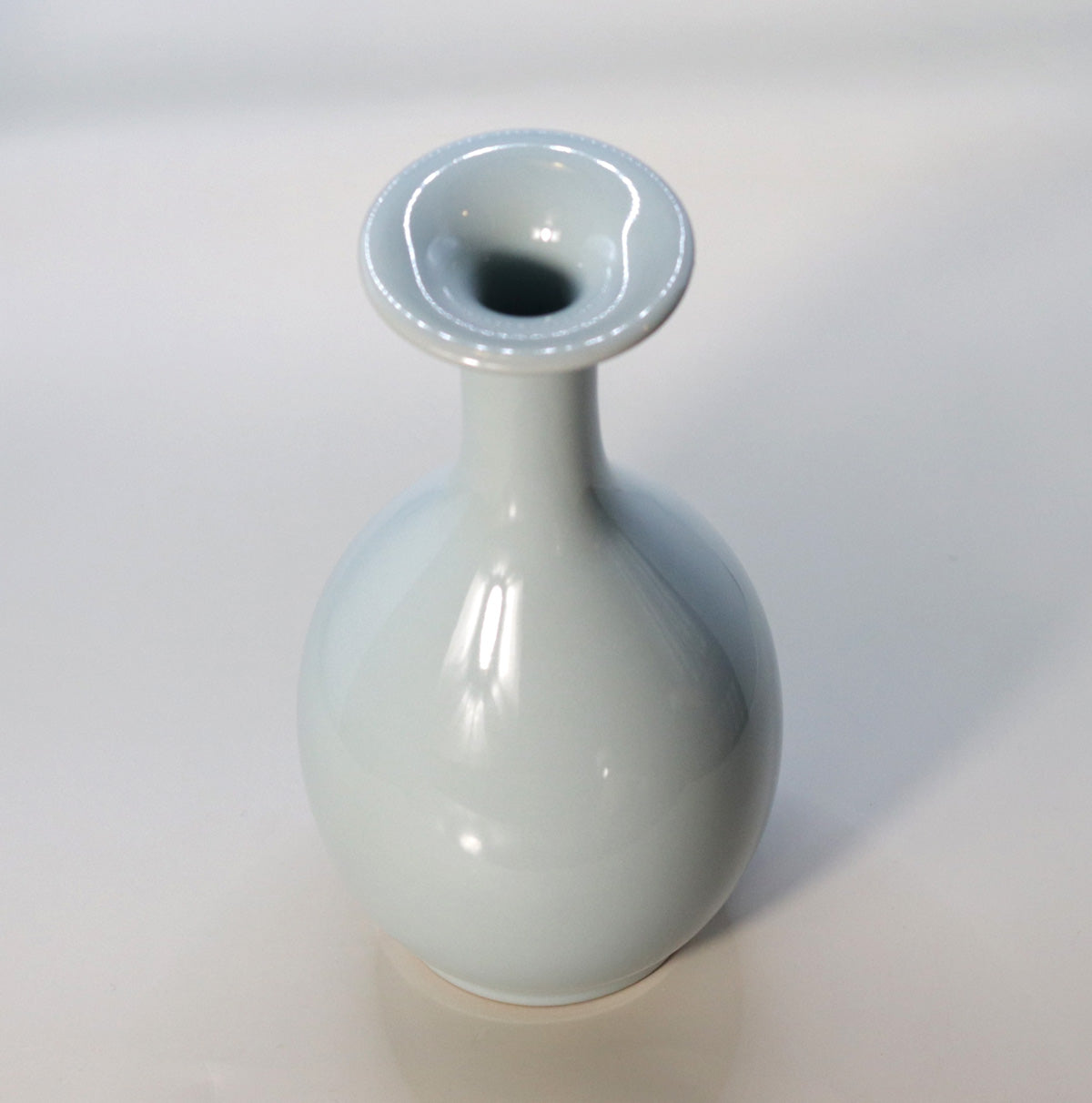
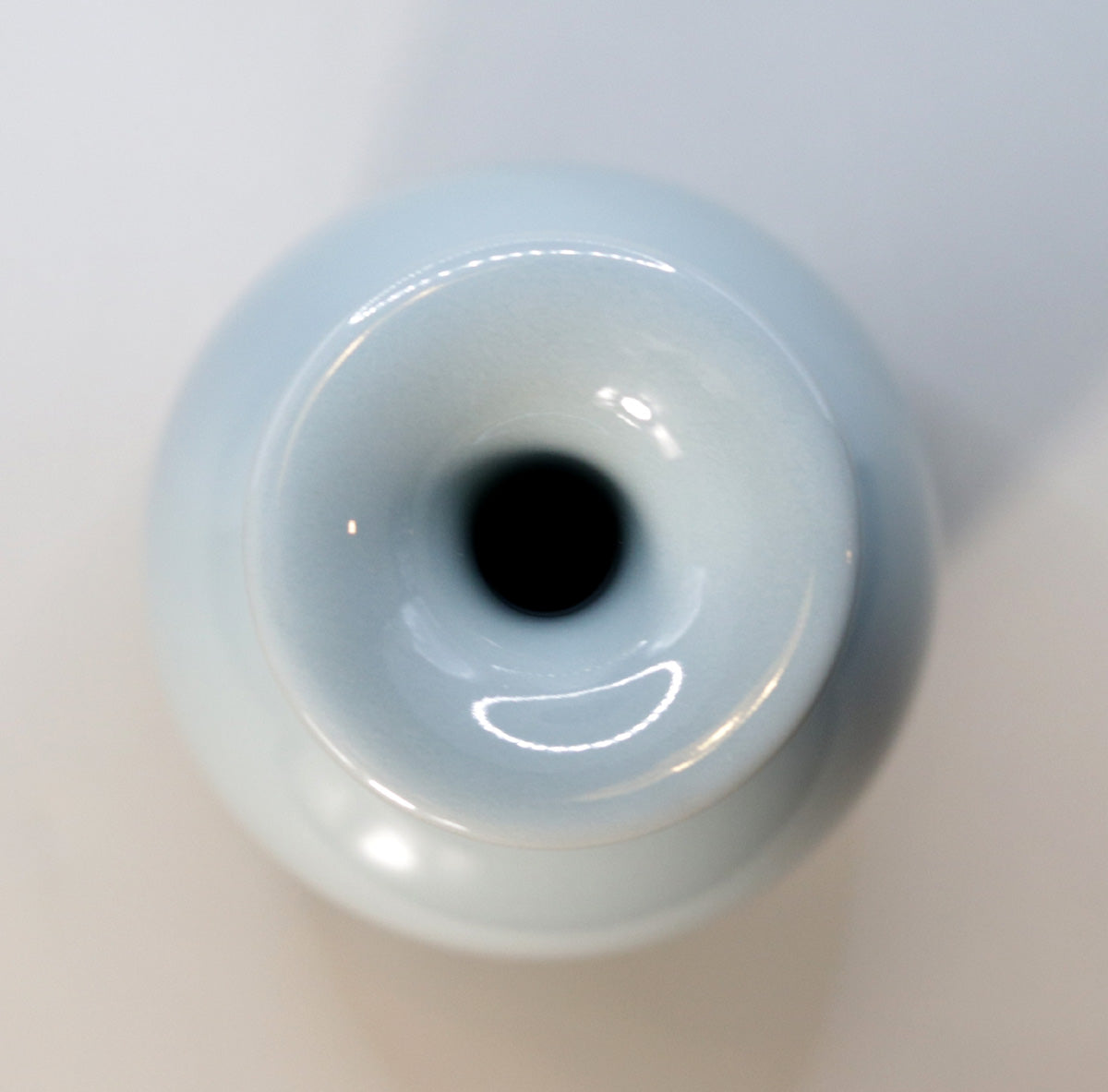

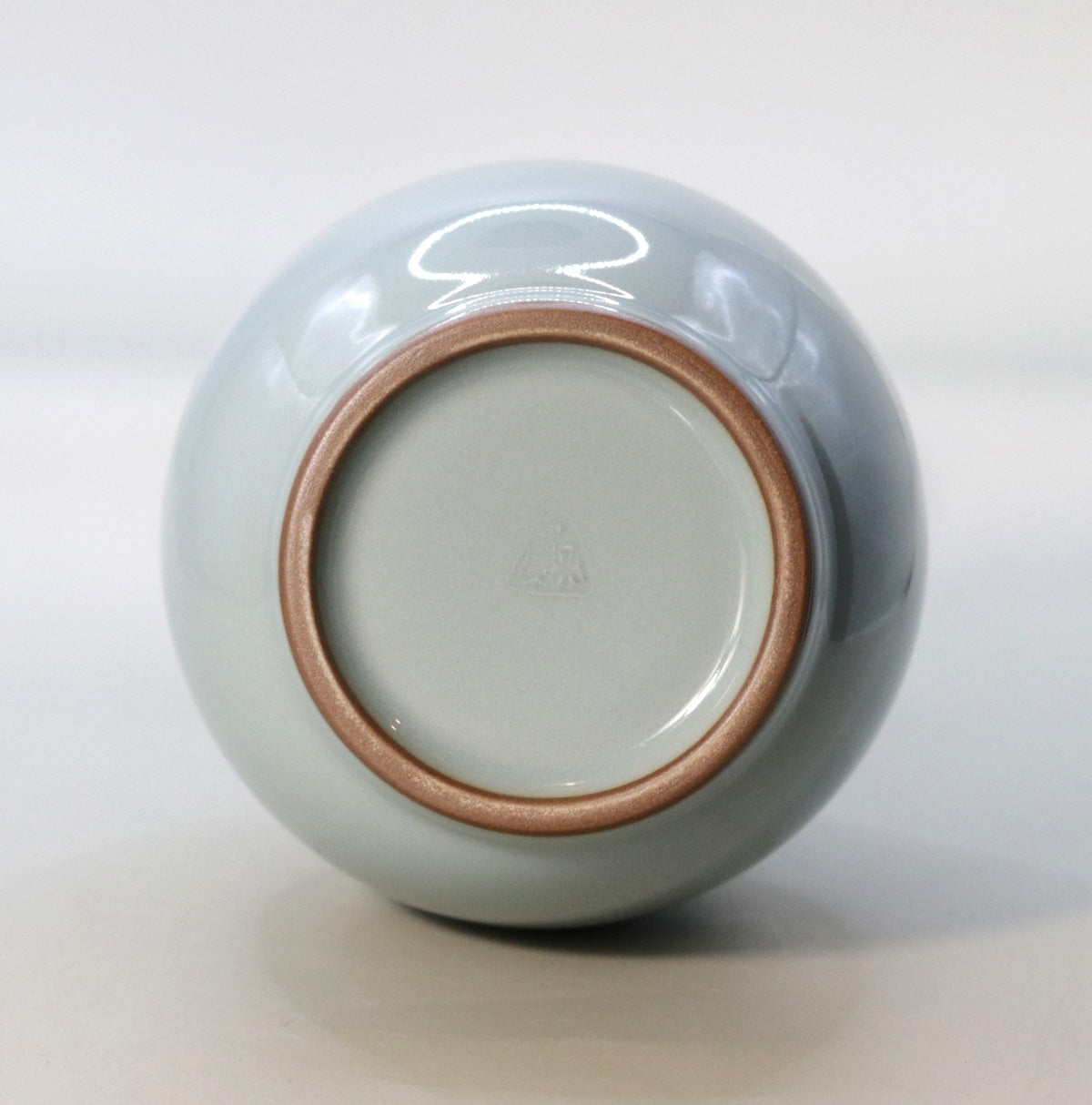
Multi-Column
-
[I will send it to you quickly and carefully]
We carefully package each product in a way that suits it best.
Also, delivery times vary depending on the piece (vessel, etc.).
Items that already come with a box will be shipped within 1-3 days of the order date.
For items that require a box to be made after your order, it will take approximately 30 days for production to be completed and then shipped.
In either case, once we have confirmed your order, we will contact you by email to inform you of the delivery date.
-
[Requests when purchasing pottery]
Even products that look the same may differ slightly in color, shape, size, etc.
The way the glaze is used, the power of the kiln, the firing method, the season, and the humidity also affect the appearance of the pottery.
Please understand the individuality of each piece of pottery and enjoy the unique warmth of handmade.








